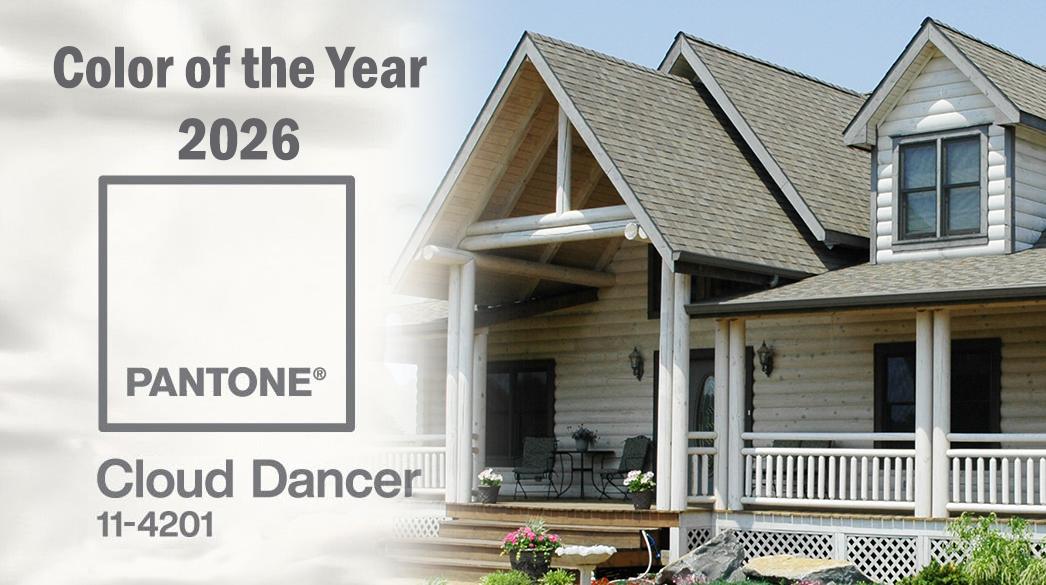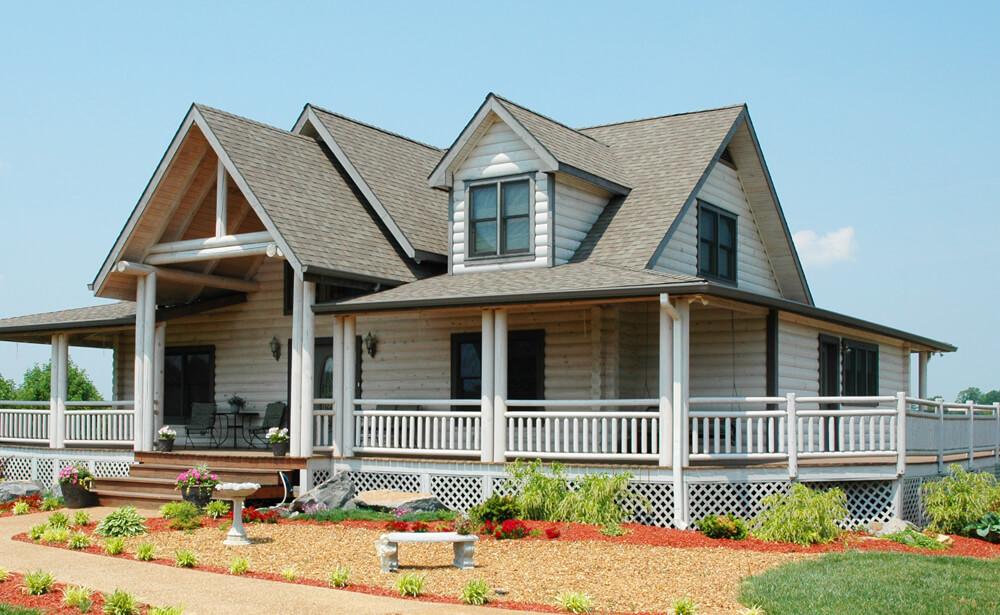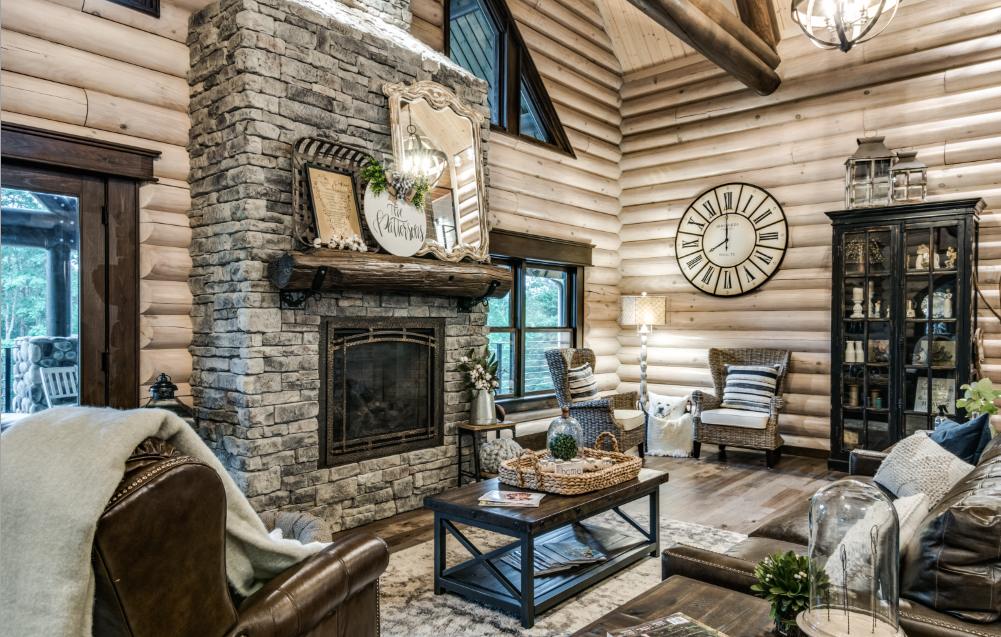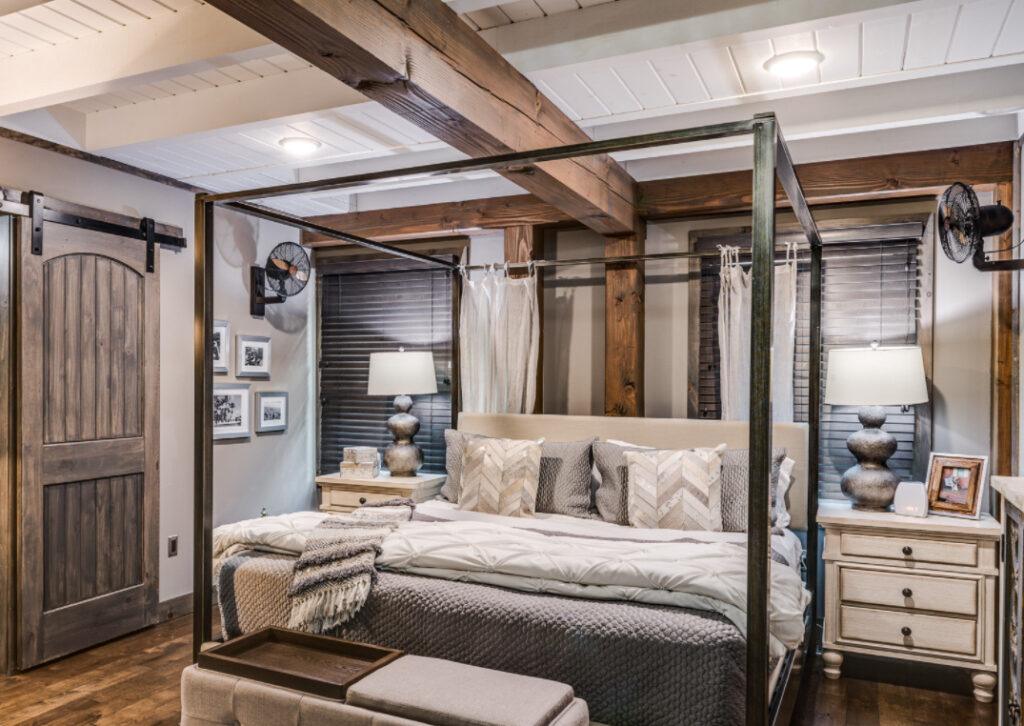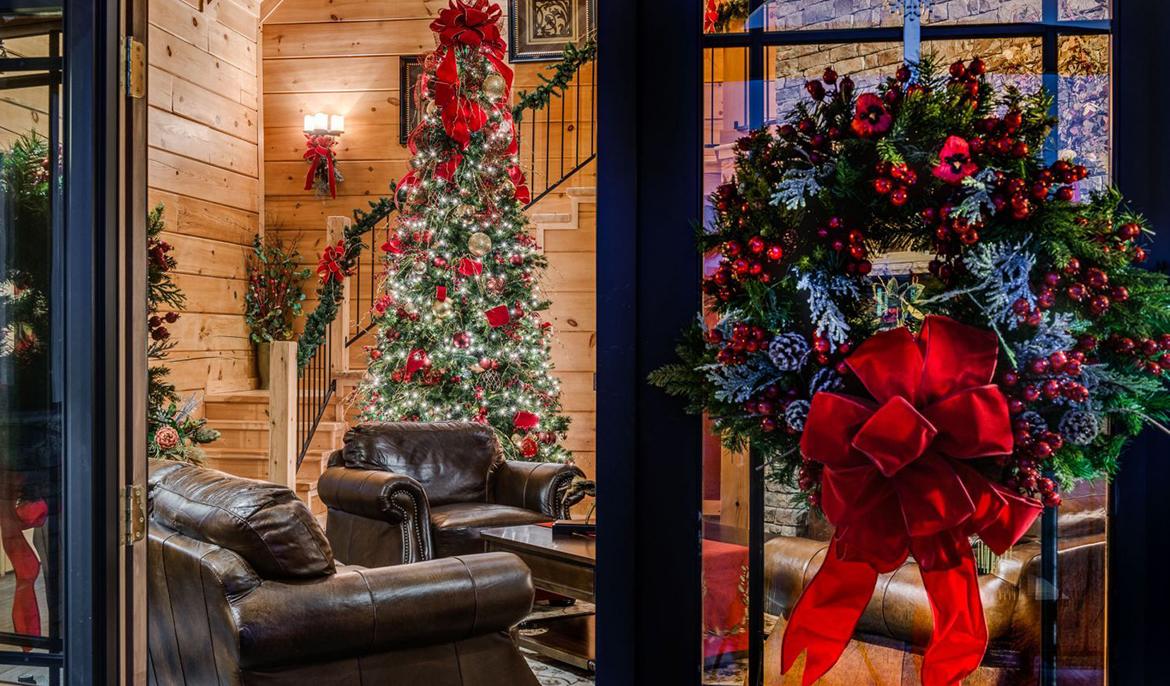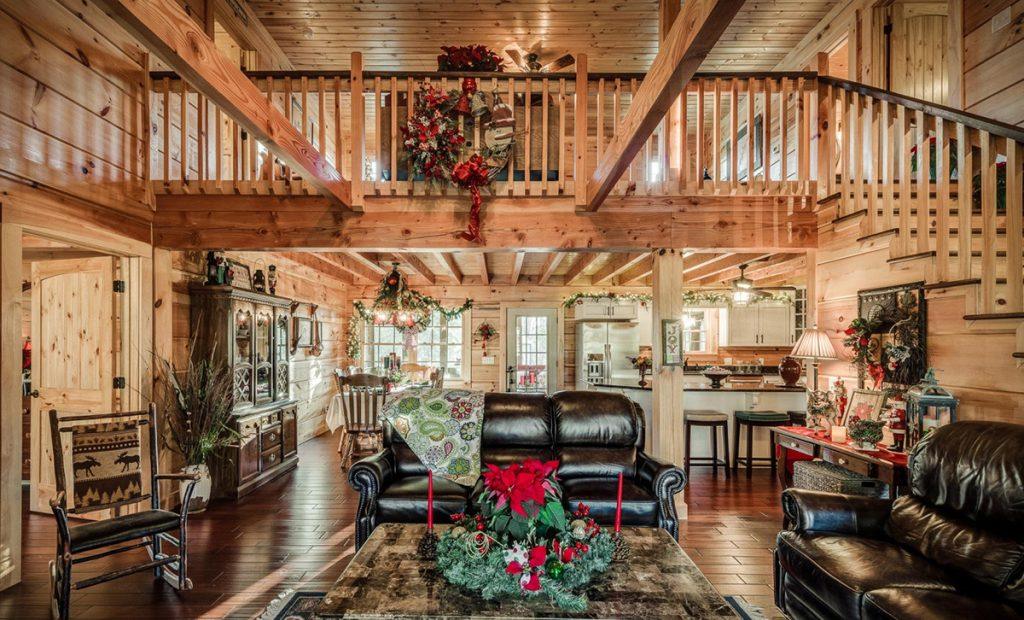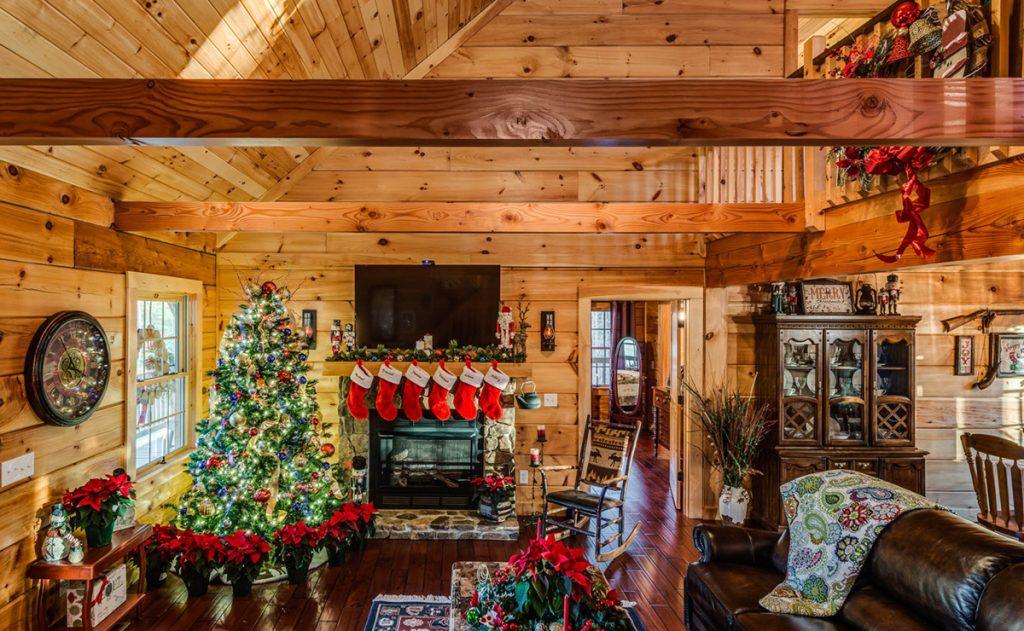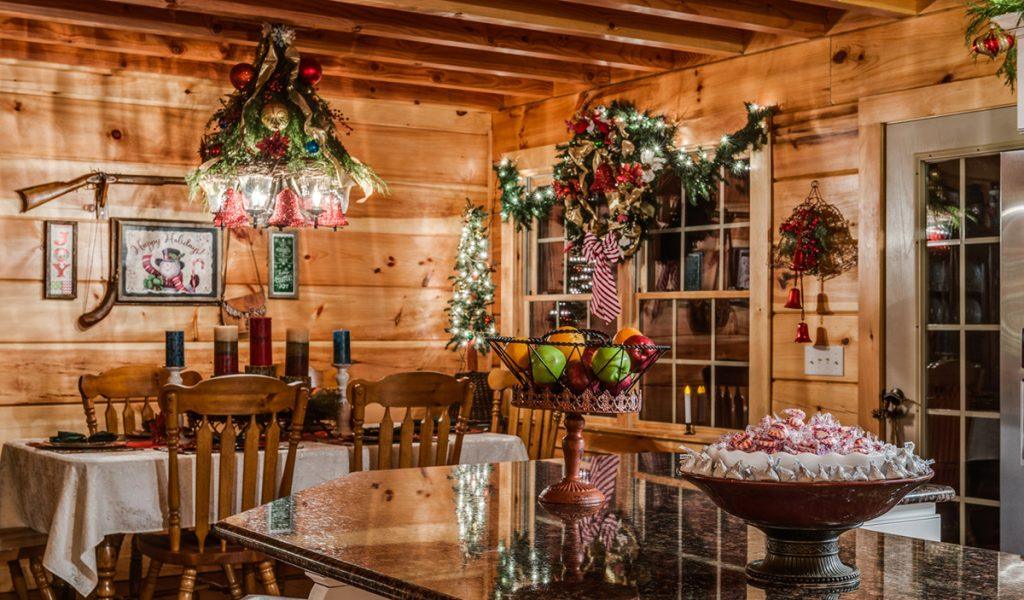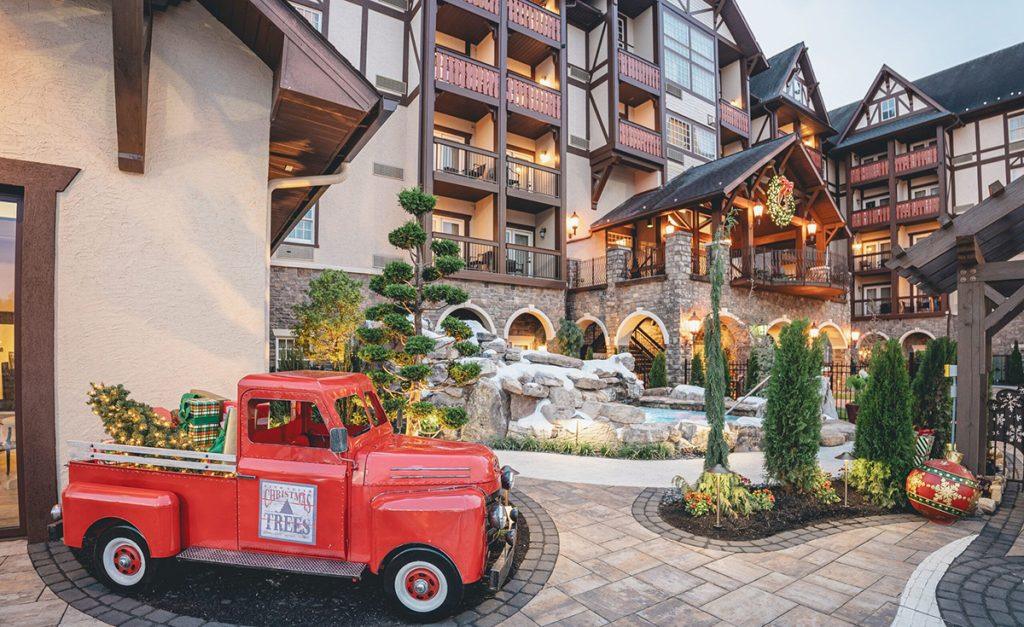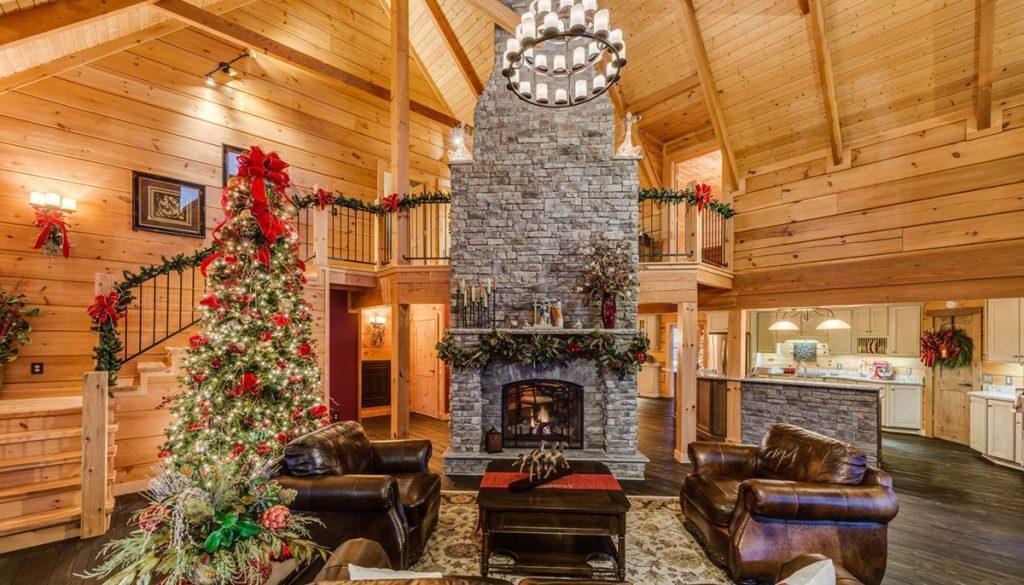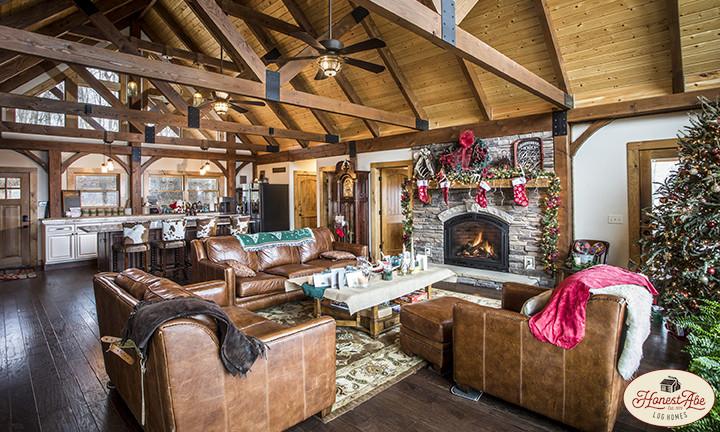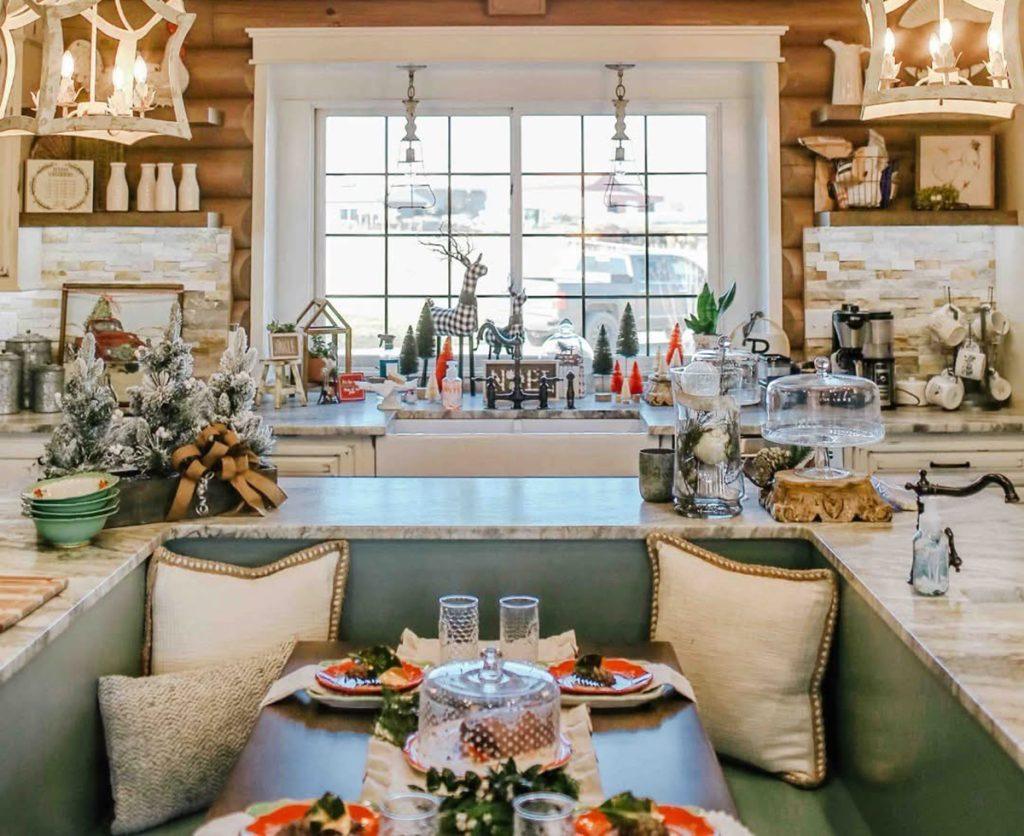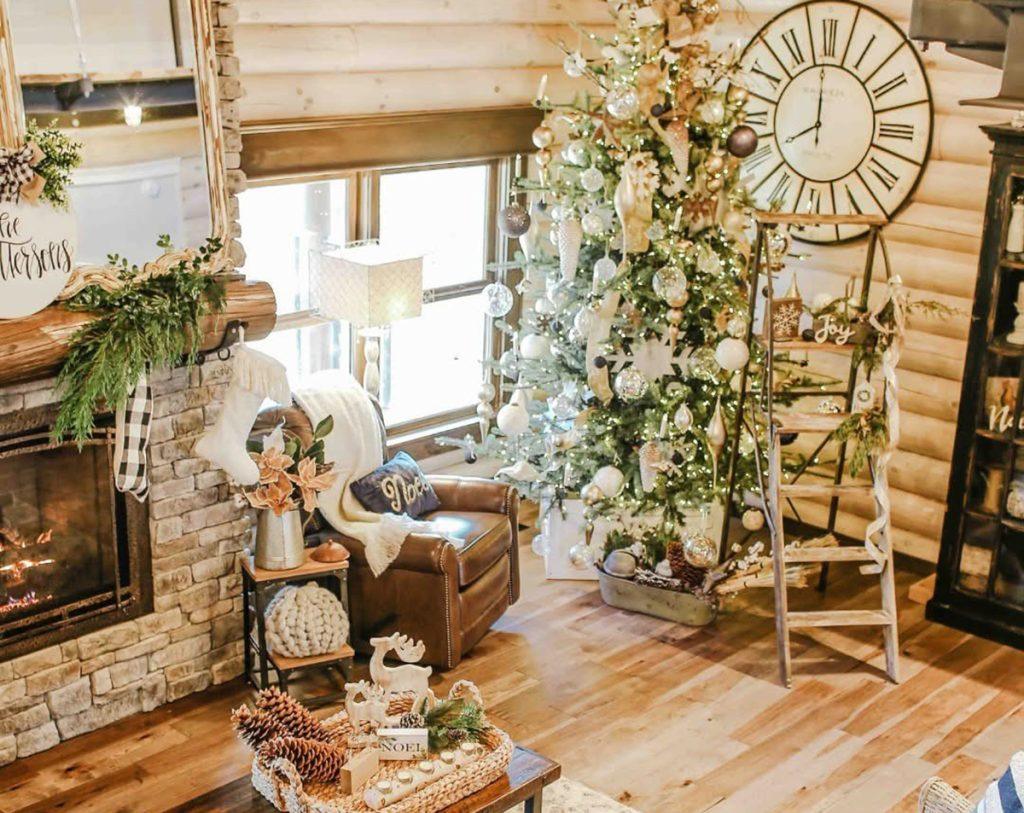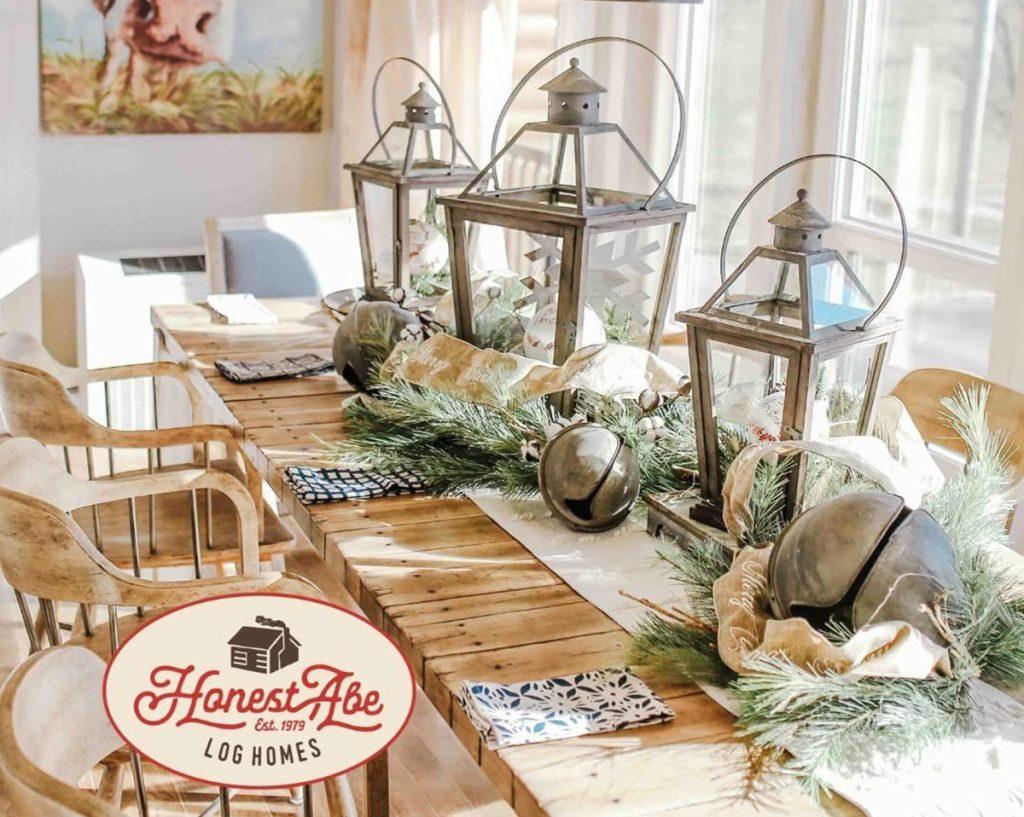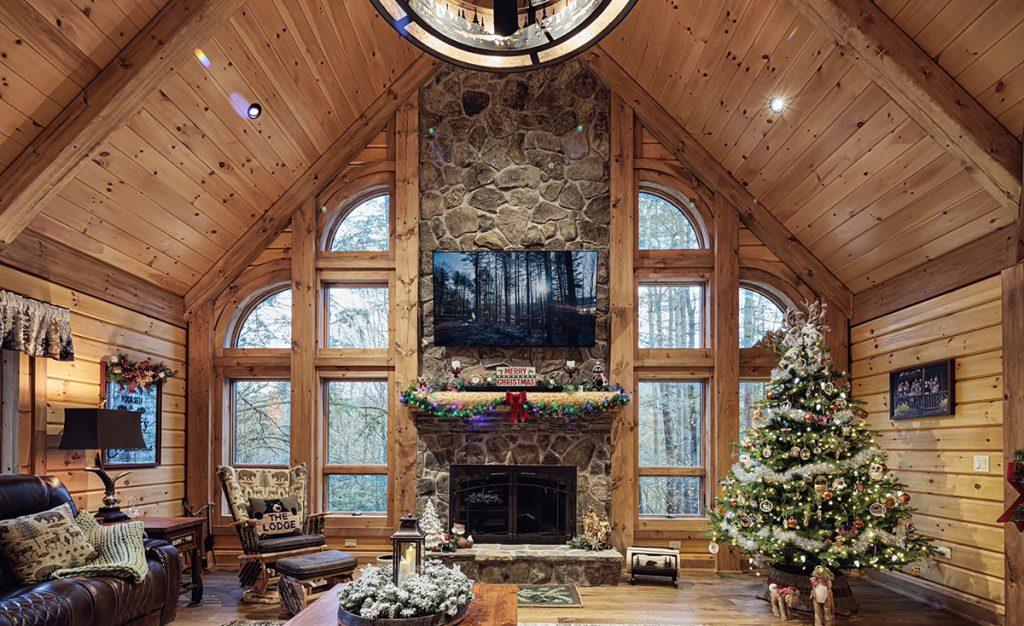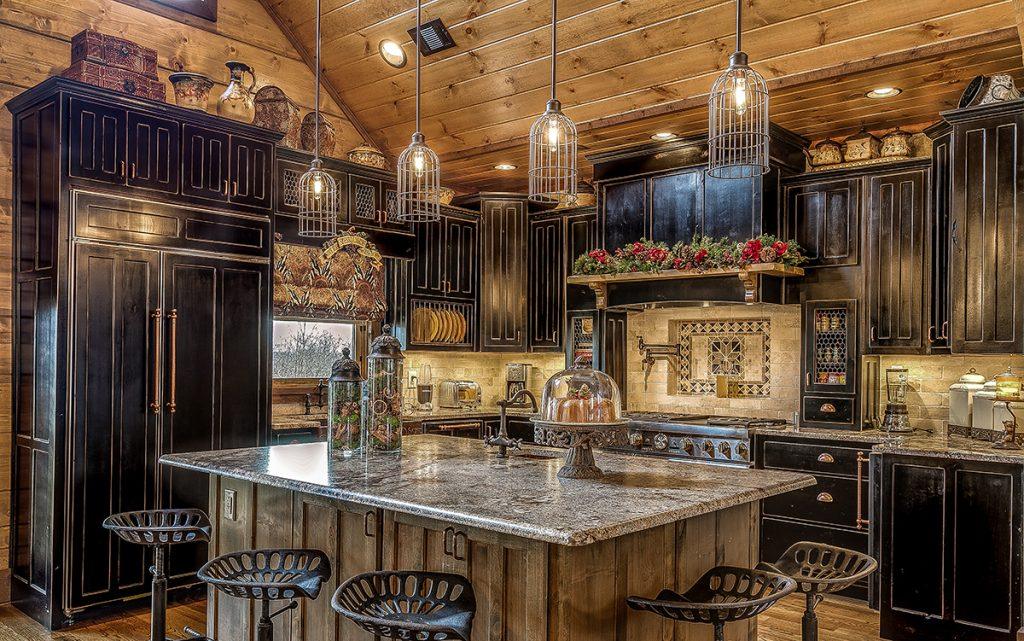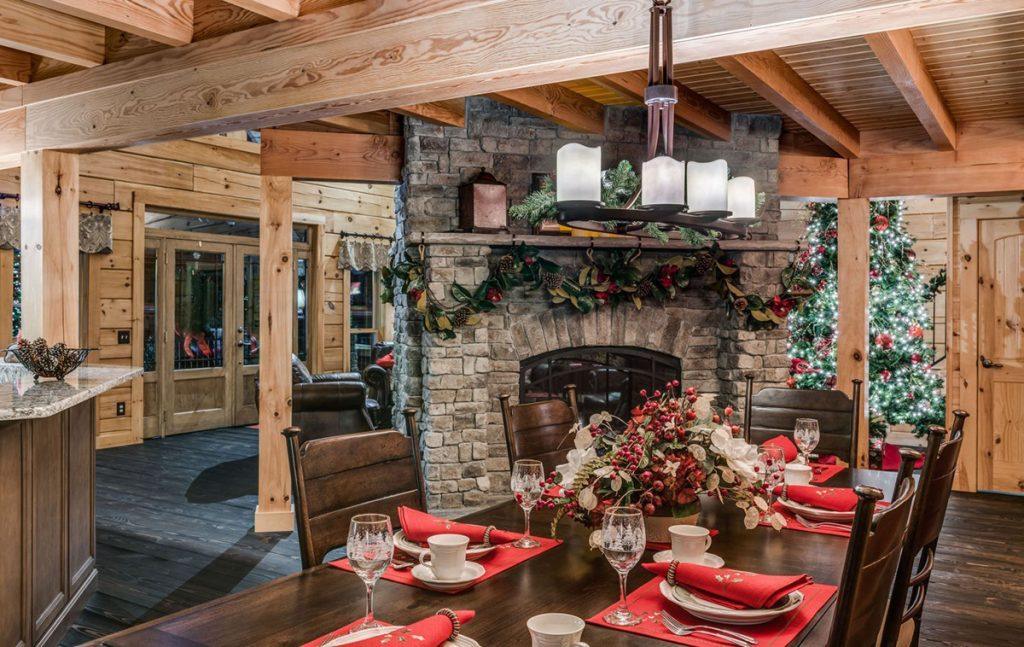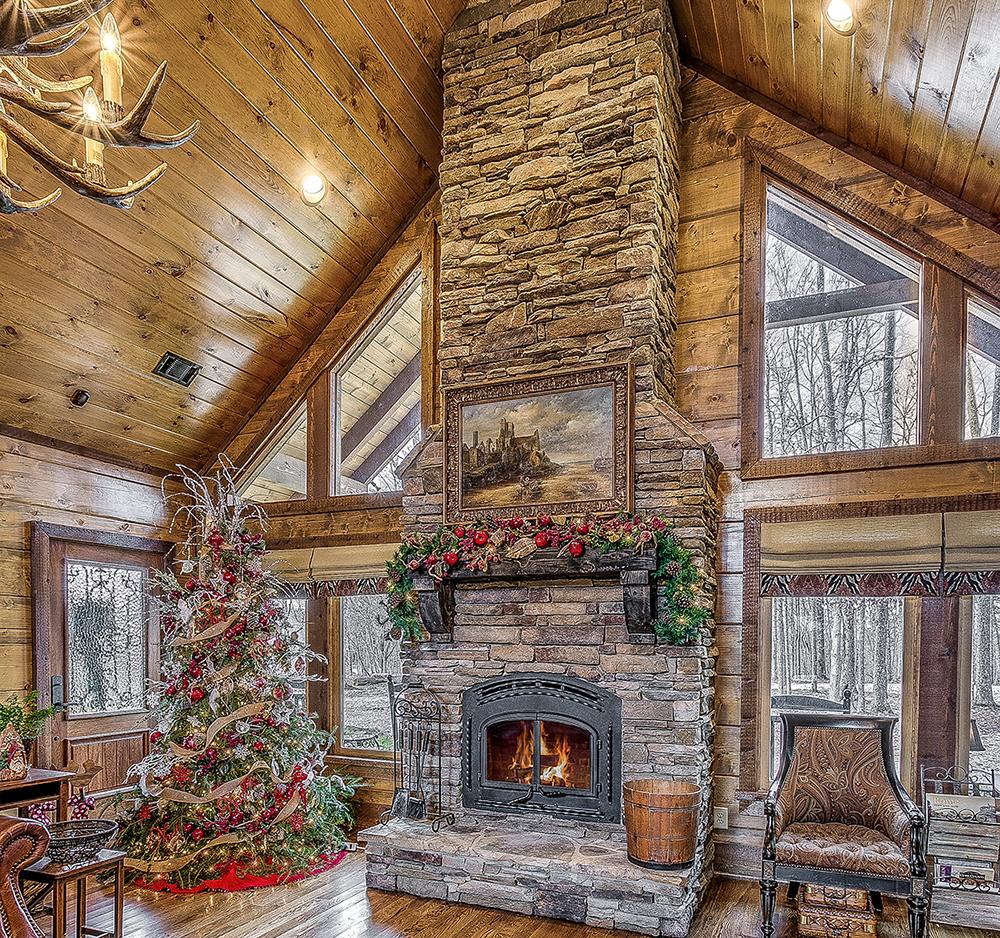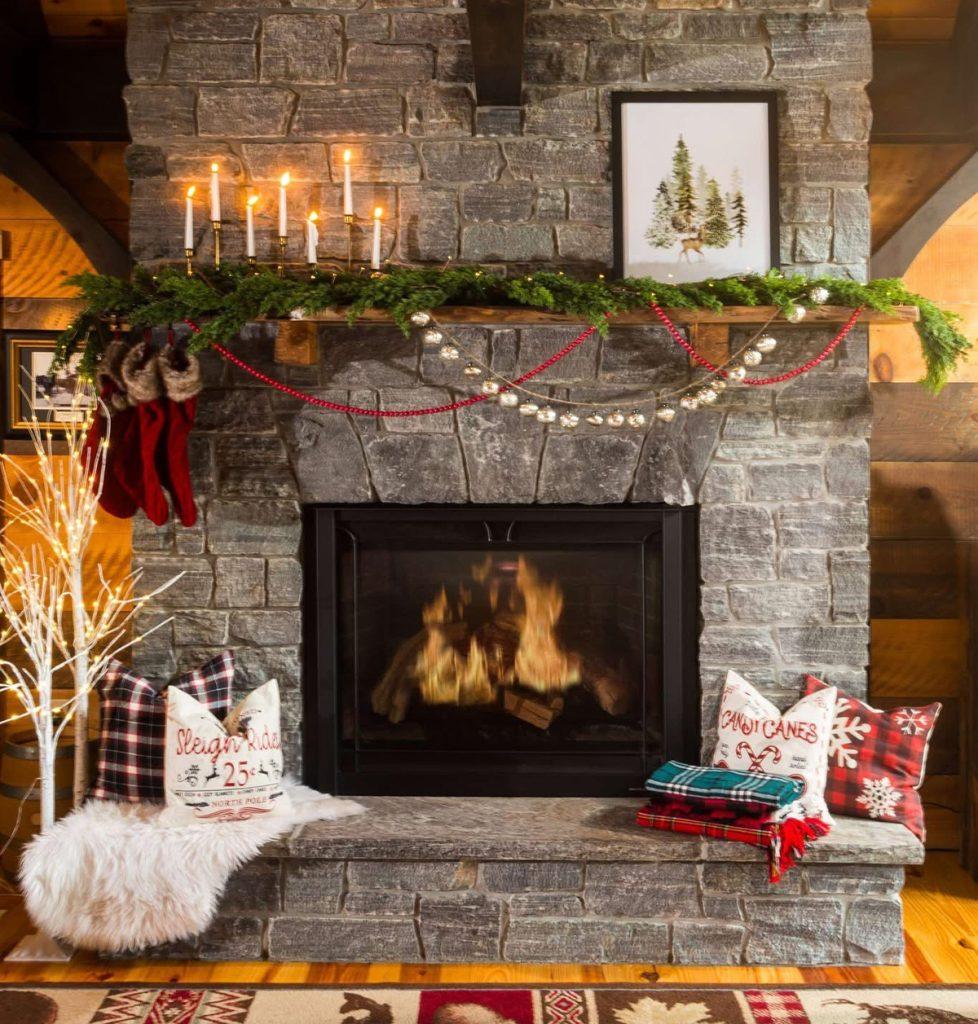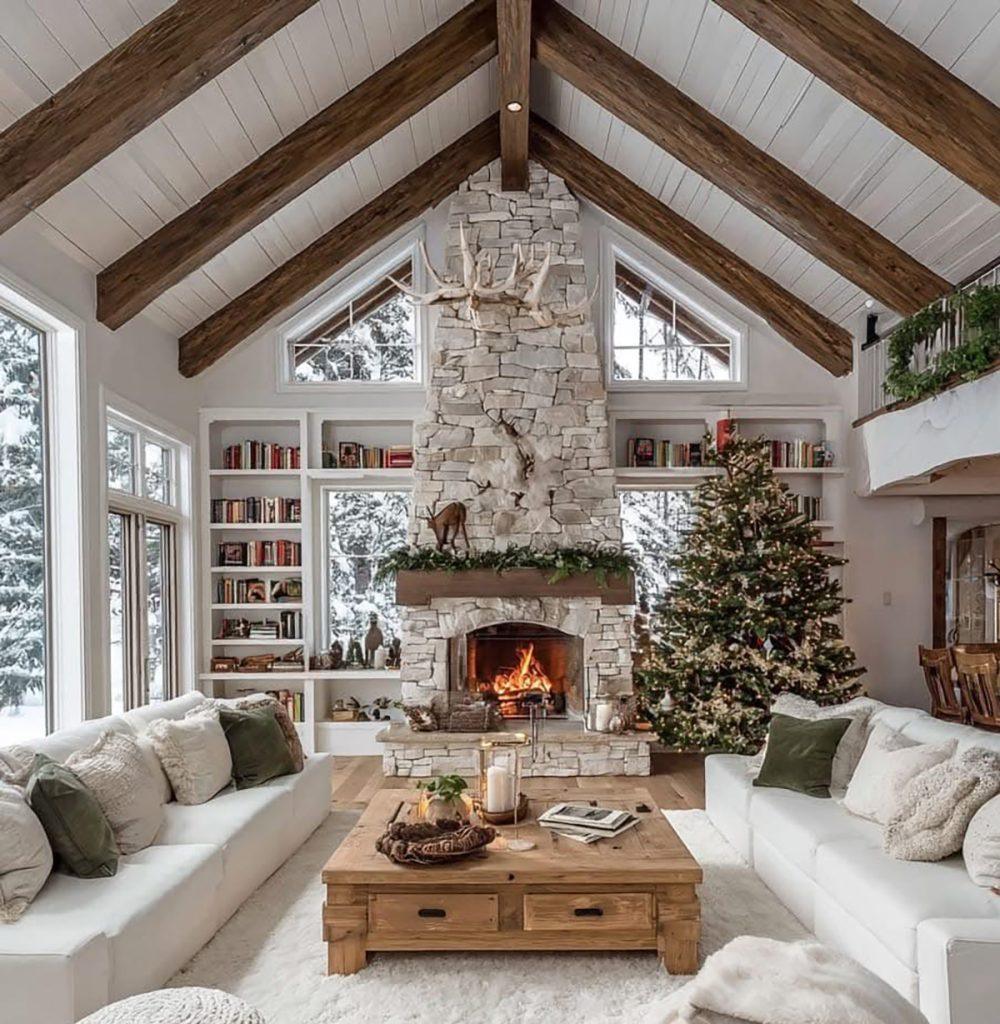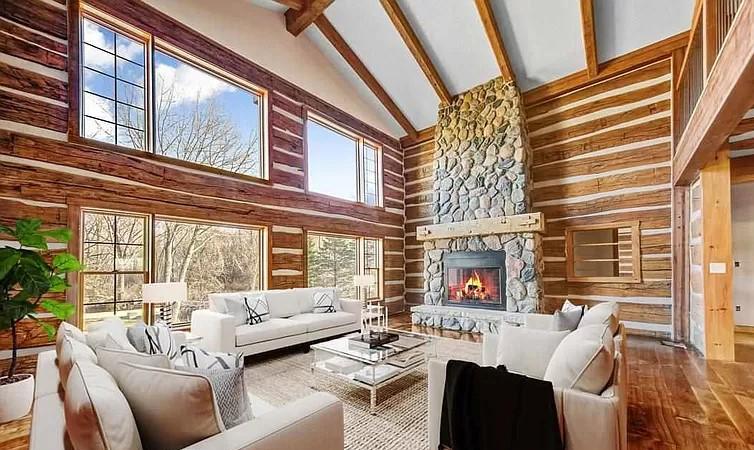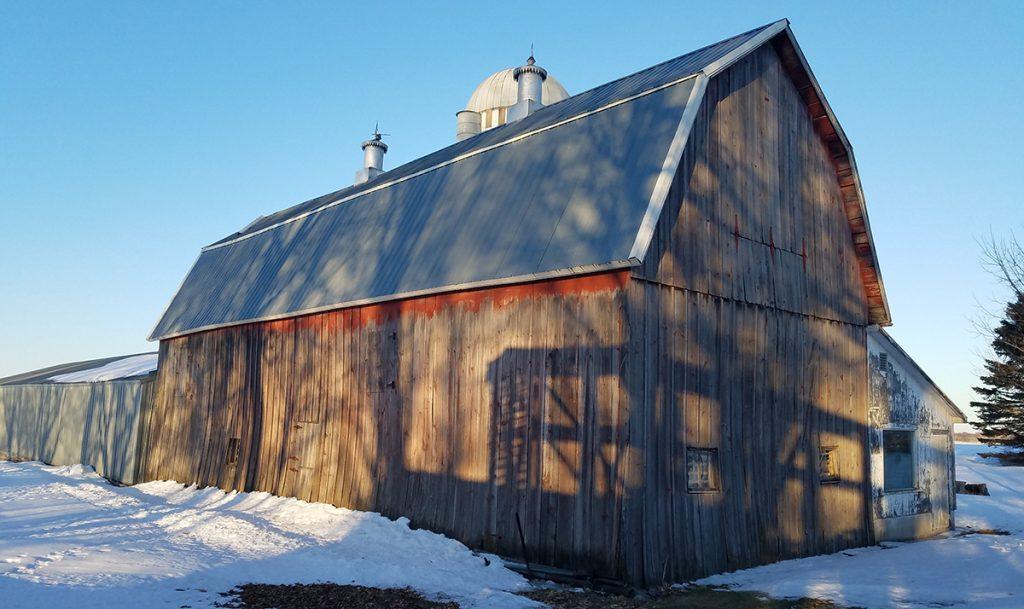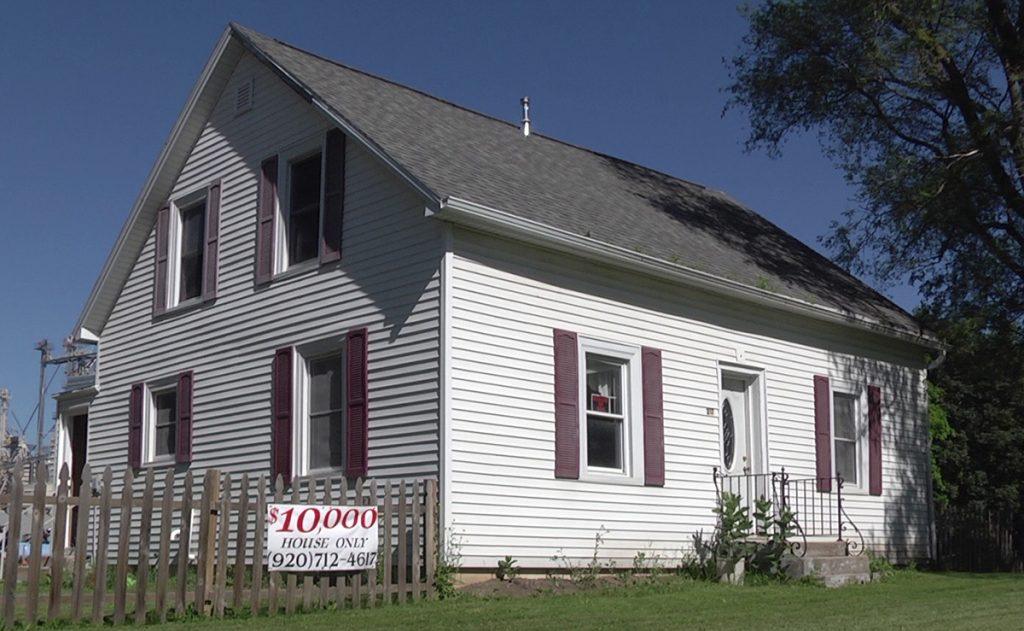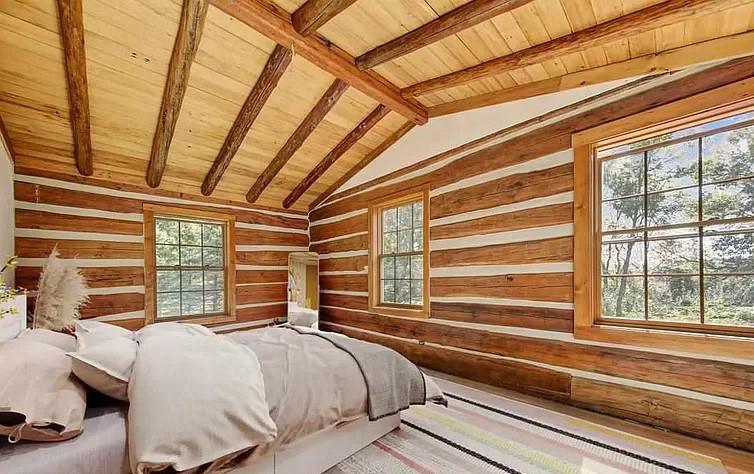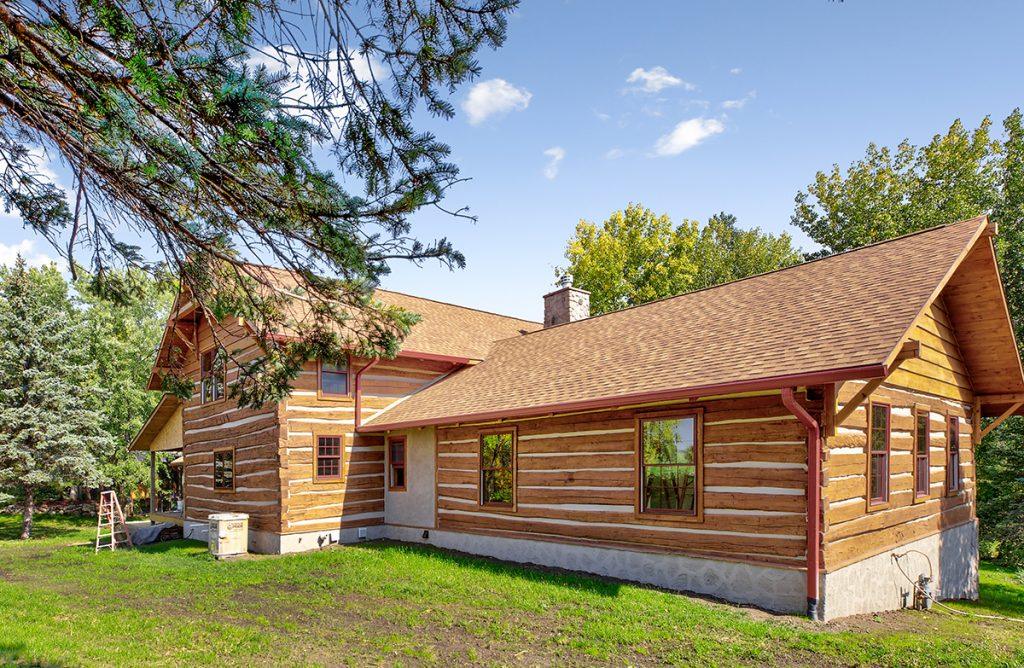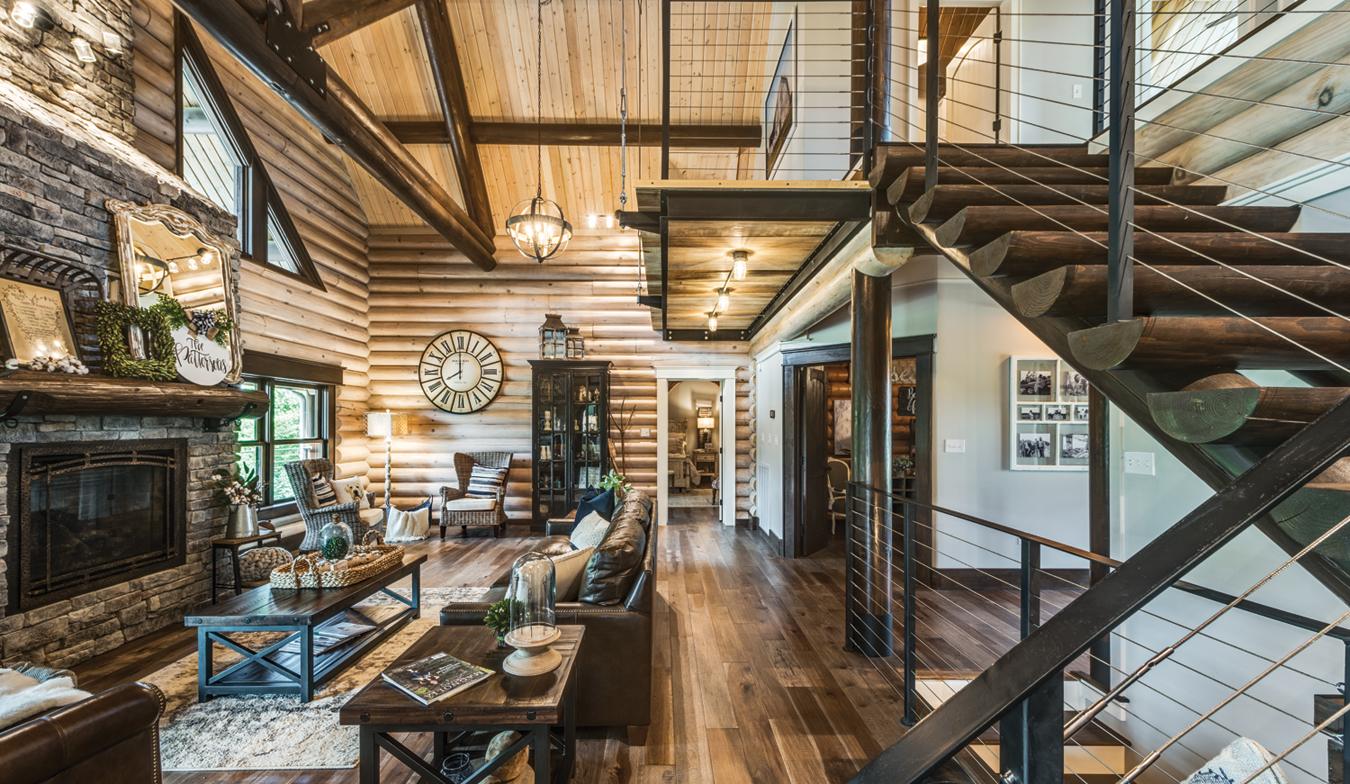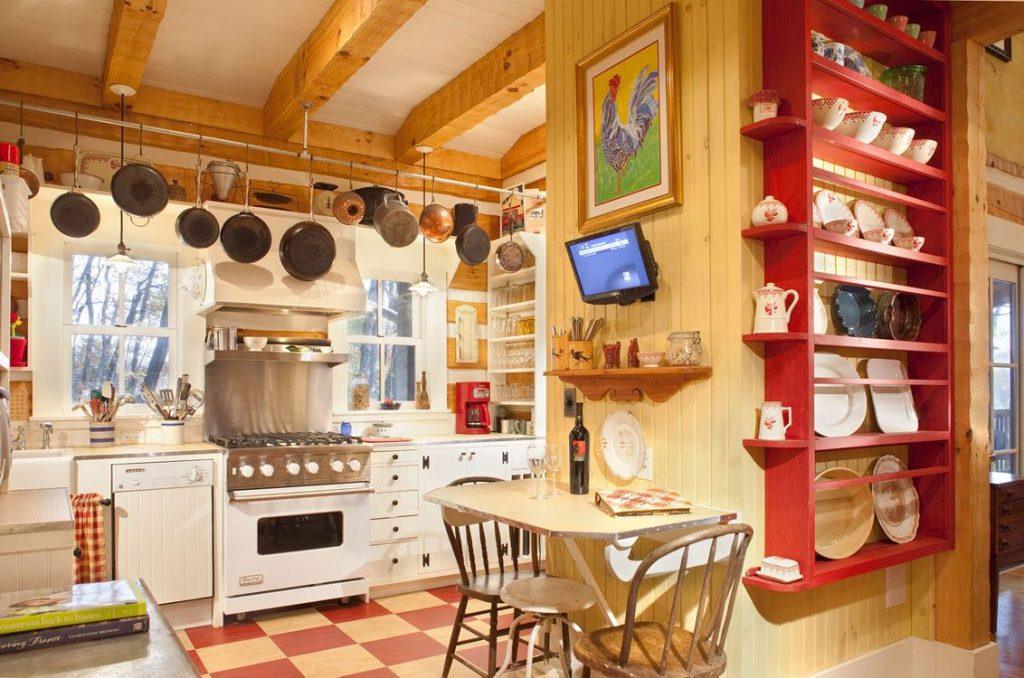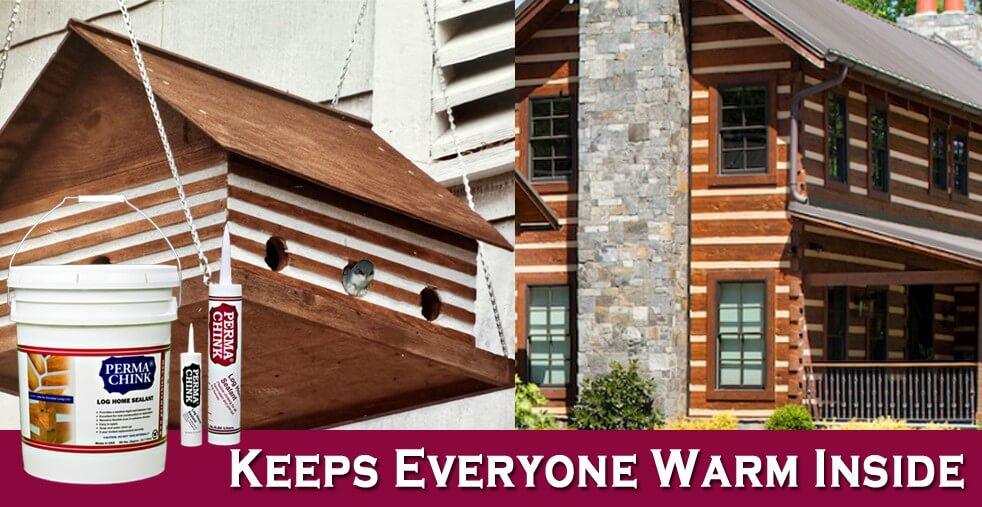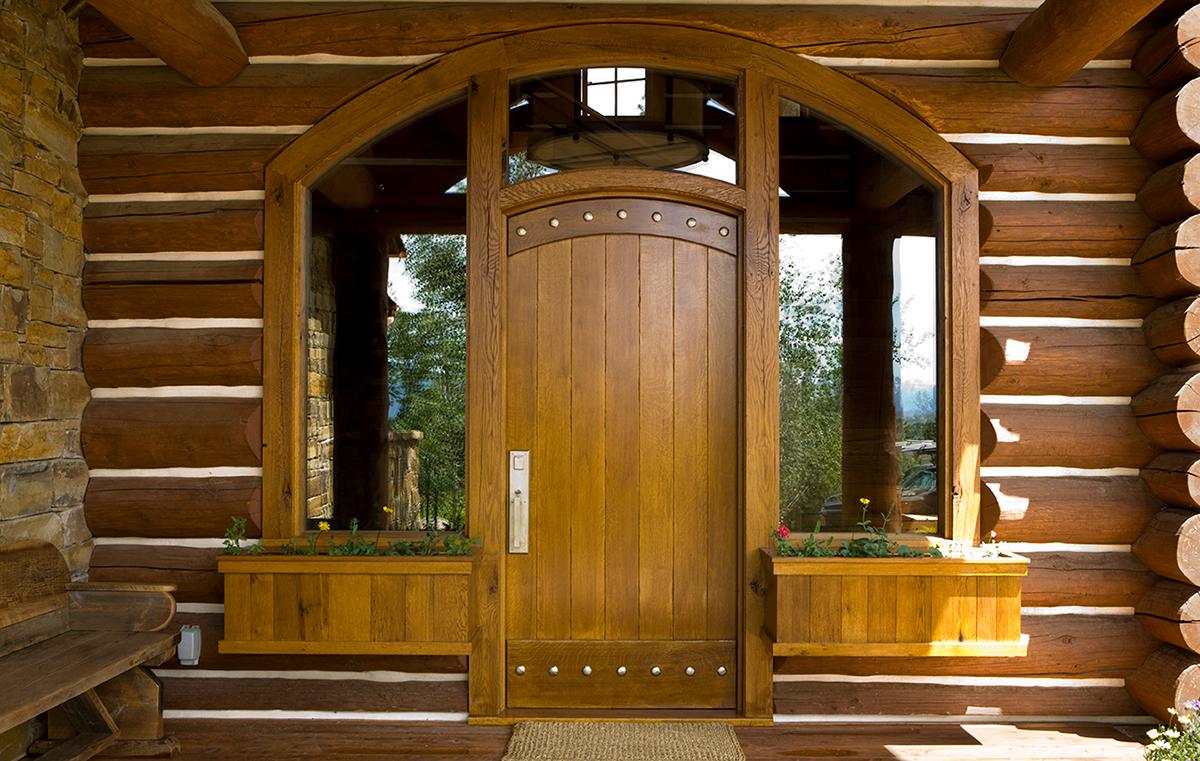Lower Your Energy Consumption and Prepare Your Home for Winter
From the Experts at Perma-Chink Systems
As winter approaches, one of the most important tasks for maintaining your log home is ensuring it’s properly sealed. With the cold months ahead, taking the time to address any gaps and cracks will help prevent cold drafts and keep your home cozy and energy-efficient.
In today’s world of rising fuel costs and growing environmental concerns, keeping cold air out and warmth in has never been more important. A well-sealed home reduces your energy consumption, helping you save money while also minimizing your environmental impact.
At Perma-Chink Systems, we specialize in products designed specifically to help you seal your log home effectively. Although we’re widely known for our premium stain products, our reputation was first built on our high-quality chinking and sealants. So, what exactly do we mean by “sealants”?
In the context of log homes, sealants are materials used to fill gaps, cracks, seams, joints, and any other spaces where air, water, or pests might enter. While many people refer to these materials as “caulk,” we call them “sealants” to emphasize the superior quality of our products compared to typical caulks you’ll find at your local hardware store.
What makes Perma-Chink sealants different?
Our products are specifically designed for log homes, offering superior performance in sealing, and insulating. Unlike basic caulk, many of our sealants remain flexible after curing, providing long-lasting protection without cracking or peeling. They come in a variety of formulations, each tailored to meet different needs—from maintaining flexibility to achieving a hard, durable seal.
Sealants are typically plastic-like compounds that come in tubes or pails, and once applied, they cure to form a strong bond with the surrounding material. This process helps prevent drafts and moisture infiltration, ensuring that your home stays warm and dry throughout the winter months.
If you’re ready to lower your energy costs and get your home winter-ready, Perma-Chink Systems offers the ideal sealants to help you achieve the best possible results. Let us help you seal in comfort and save energy this winter! Call us at 1-800-548-3554 or visit us at Store.PermaChink.com.

